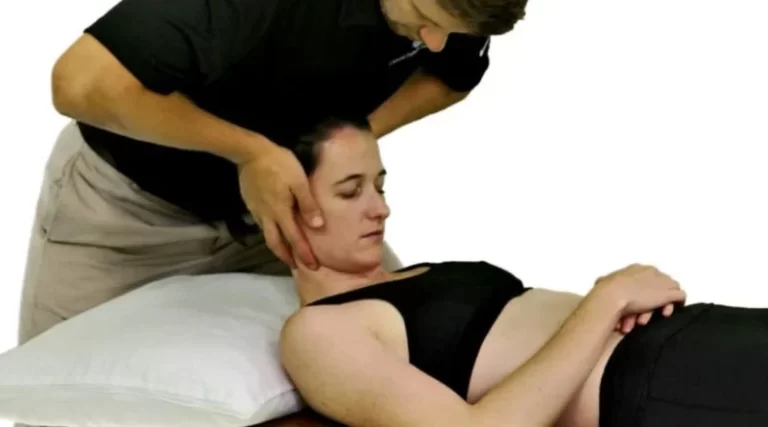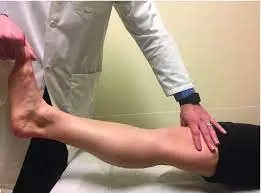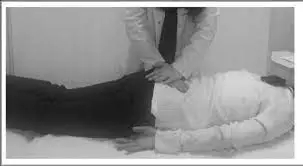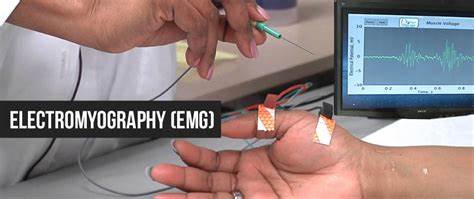McMurray Test
Table of Contents
Introduction
The McMurray test is a fundamental orthopedic maneuver used by healthcare professionals to evaluate the condition of the knee joint. This diagnostic tool helps in identifying potential injuries or abnormalities within the knee, aiding in the development of appropriate treatment plans.
In this article, we will delve into the details of the McMurray test, its procedure, significance, and interpretation, offering valuable insights into the assessment of knee joint health.
The most frequent knee injury is a meniscal tear. Medial meniscal tears are usually seen more often than lateral meniscal tears, at a ratio of approximately 2:1. Meniscal tears can occur with acute knee injuries in younger patients or as part of a degenerative process in older people. Acute tears often result from sports injuries involving a twisting motion of a partially flexed, weight-bearing knee.
What is the McMurray test?
Healthcare professionals perform the McMurray test, a sequence of knee and leg motions, to identify a torn meniscus. This is an in-office physical exam, which means your provider can do it without special equipment or a separate appointment.
Your provider will physically move your leg and knee joint to detect pain or other symptoms you feel during the movements.
The McMurray test is usually part of the initial exam when you visit your provider for knee pain or after an injury. You will also likely need at least one imaging test to confirm a meniscus tear or other knee injuries.
If the damage inside the joint requires surgical repair, you may need knee arthroscopy.
When is a McMurray test needed?
Your provider will perform a McMurray test if they believe you have a torn meniscus. One of the most frequent knee ailments, particularly among athletes, is this one.
A soft piece of cartilage called a meniscus is located in the knee between the femur (thigh) and tibia (shin). The knee joints and bones are cushioned, much like a shock absorber. The meniscus can be torn by any rapid, violent jerking motions in the knee. The meniscus can also be torn by trauma such as falls and auto accidents. The most typical signs of a torn meniscus include:
Feeling or hearing in the knee. Knee instability or a feeling that it could give. pain
Rigidity
swelling
You cannot fully bend or extend your knee as usual. If you visit your provider after a knee injury, you may need a McMurray test. They will do the test as part of a physical exam, especially if you have symptoms of a torn meniscus. Your doctor can determine whether you injured ligaments or other connective tissue in your knee by using the McMurray test.
How does the McMurray test work?
The McMurray test is a series of movements to check symptoms and range of motion (how far you can move the knee joint).
The exam is easy to understand and consists of the following steps:
Lie on your back. Your provider will bend your knee to 90 degrees perpendicular to the rest of your body (about where it would be if you were sitting). Your provider will rotate your bent knee inward (toward your body) and outward (away from your body). Your provider will stretch your leg. The different positions of the McMurray test cause a slight tension on the meniscus. The movements are close to the stress you put on your knee in your daily routine.
When your provider moves your knee and leg, he or she will ask if you feel any pain. They will also listen and feel your knee. This allows them to check where (or how badly) your meniscus may be torn.
How to prepare for the McMurray test?
You don’t need to do anything to prepare for the McMurray test. See your provider as soon as possible if you have injured your knee or if you notice new symptoms.
What can I expect from the McMurray test?
Try to relax while your provider moves your leg and knee during the McMurray test. Because the McMurray test is a series of physical movements, be sure to tell the provider everything you feel, especially if any movement hurts or causes discomfort.
Any pain, discomfort, or other symptoms you feel during the McMurray test will help your provider know where your meniscus is torn or what other injury you may have.
After a McMurray test, what should I expect?
The McMurray test is usually the first step in treating the knee. If your provider feels or hears something in your knee during the McMurray test, they will recommend either other imaging tests or treatments to relieve your symptoms. After the McMurray test, you may need at least one imaging test. These tests take pictures of the inside of the knee and confirm any damage in the joint. The most common imaging tests are:
x-rays
Magnetic resonance imaging (MRI)
Ultrasound
Your provider will tell you what imaging tests you need and what injuries they are looking for.
You may also need a knee arthroscopy to diagnose or repair damage in the knee. Knee arthroscopy is a minimally invasive surgical procedure that allows a surgeon to see the inside of your knee joint with a small camera. Most knee arthroscopies are outpatient procedures, so you can go home the same day.
Is there any danger when applying the McMurray test?
If your provider does the McMurray test, there is no risk to your knee. You may feel pain or discomfort during the test, but even if your meniscus is torn, you shouldn’t feel much pain when your provider moves your knee and leg during the test.
Some studies have shown that the McMurray test may not be very accurate in showing whether your meniscus is torn or not. However, this is usually only the first step your provider will take in diagnosing an injury. You’ll most likely want at least one imaging test after your McMurray test since they provide a more definite result.
Evidence
Specificity and sensitivity studies showed variable values due to poor methodological quality. A recent meta-analysis showed a sensitivity and specificity of 70% and 71%, respectively. Therefore, the value of the test is often limited in current clinical practice. However, if positive findings are grouped with positive findings from other tests, such as common line tenderness and the Apley test, the test may be more accurate. Several methods have been reported to perform the McMurray test, Reider’s method may be the most accurate.
FAQ
The McMurray test is a physical exam that doctors use for knee injuries. A positive McMurray test means the person likely has a torn meniscus, also known as a knee injury. The femur and tibia are two bones that come together to form the knee joint.
The most frequent clinical diagnostic used to identify meniscal tears is the McMurray test. Anterior Draer’s (AD) sign, Lachman test, and reverse motion test are commonly used to diagnose an ACL injury. Published results on the accuracy of these tests are not consistent.
The McMurray test is performed with the patient lying down and relaxed. The examiner grasps the patient’s heel with one hand and the knee joint line with the other hand. The knee is maximally flexed by external rotation of the tibia (medial meniscus) or internal rotation of the tibia (lateral meniscus).
The McMurray test, also known as the McMurray transection test, is used to evaluate meniscal tears in the knee in humans. A meniscal tear can cause spondylolisthesis, which can stick between the joint surfaces.
The McMurray test is a physical exam that doctors use for knee injuries. A positive McMurray test means the person likely has a torn meniscus, also known as a knee injury. The femur and tibia are two bones that come together to form the knee joint.
Healthcare professionals perform the McMurray test, a sequence of knee and leg motions, to identify a torn meniscus.
Reference
McMurray test. (2023, March 5). In Wikipedia.https://en.wikipedia.org/wiki/McMurray_test
McMurray test. (n.d.). Physiotherapy. https://www.physiopedia.com/McMurrays_Test
Loudon, J.K., & Boyce, D. (2017, January 1). Meniscal injuries. https://doi.org/10.1016/b978-0-323-28683-1.00070-9
Nichols, H. (2022, December 16). McMurray test: What does a positive result mean? https://www.medicalnewstoday.com/articles/positive-mcmurray-test







